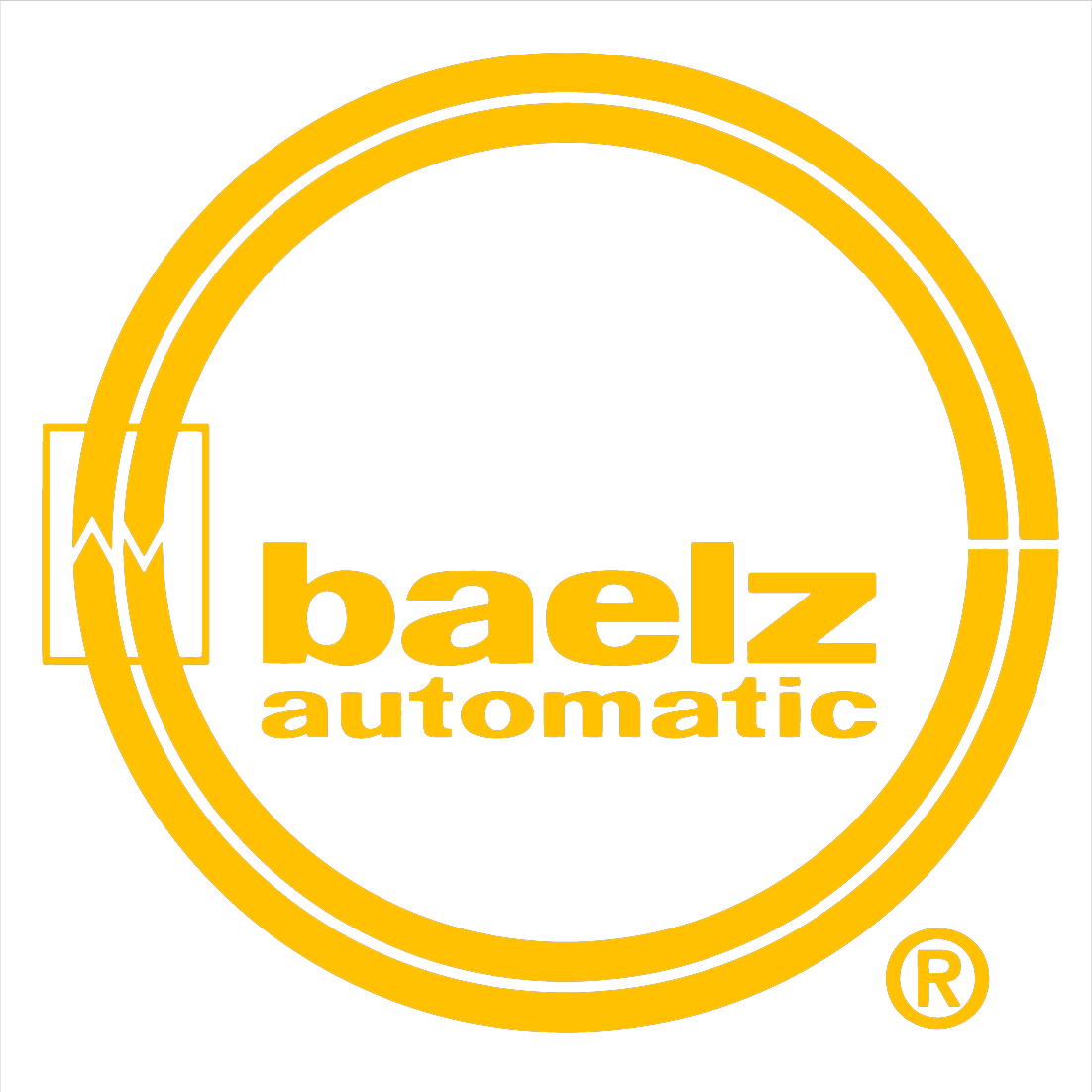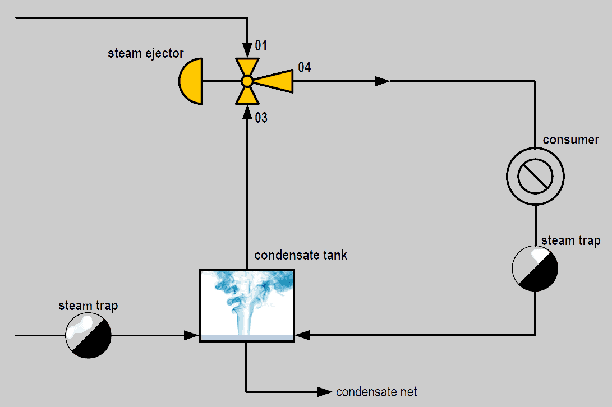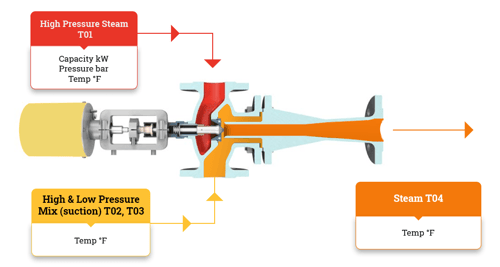Thermocompressors are a type of steam ejector used to increase energy efficiency by recovering the energy in low-pressure waste steam. This low-pressure exhaust from evaporators, cookers, and other process equipment is typically vented to the atmosphere or condensed in cooling towers. Meanwhile, other plant operations may require or use intermediate-pressure steam for other applications vs. exhaust that Baelz thermocompressors can take advantage of.
Recent Posts
Reducing energy costs and conserving resources are important goals in many heating, cooling, and processing applications. These systems frequently use heat exchangers to adjust the temperature of fluids distributed throughout systems.
Tankless water heaters, also referred to as on-demand water heaters, are compact, wall-mounted systems that heat water only when required. Unlike traditional tank-style models that store a reserve of hot water, tankless units activate when water flow is detected. This helps to reduce energy loss while minimizing space requirements.
Thermocompressors are a specialized type of steam ejector that make it possible to reclaim or reuse low-pressure steam that would otherwise be lost to the atmosphere – including all the energy that’s still in it They boost low-pressure steam to a higher pressure so it can be redirected to other systems, including space or water heating, evaporation, distillation, or vacuum creation.
To ensure optimal system performance, safety, and reliability, it’s critical to ensure the right size valve is used. Proper valve sizing allows for reduced costs, less downtime, and fewer labor needs — keeping operations running smoothly and efficiently.
Steam ejectors deliver precise control of the atmosphere and pressure in a system. These are highly useful in chemical processing, vacuum sealing, and food packaging, as well as various processes in power, oil, and gas. Steam ejectors can also be used to create vacuum conditions in large areas where a conventional vacuum pump is inadequate. The steam ejector injects high-temperature and pressure steam into a system at a high velocity. The steam expels other gases from the system, creating a low-pressure vacuum inside the system.
Three-way control valves are designed to give operators more flexible control over the flow and pressure of a fluid in a pipeline. Each 3-way valve features an actuator that an operator—or an automated system—can move to send the valve plug up or down and, through that mechanism, open and close the different valve ports.
Flow control is critical to ensure proper conditions for water and wastewater processing and treatment. Valves control the flow, direction, and volume of water, with actuators allowing for remote and automated control of valves. Temperature controllers closely monitor temperature fluctuations in wastewater systems. Together, these technologies ensure proper water treatment and allow for more sustainable practices in the wastewater industry.
Mixing and diverting valves are used to provide reliable flow and pressure control in systems by mixing or diverting fluids or gasses. Also known as 3-way control valves, they are ideal for use with hot or cold water, oil, or steam applications. They are installed in many types of industrial equipment and machinery, including engines, compressors, steam desuperheaters, and lubrication oil cooling systems.




